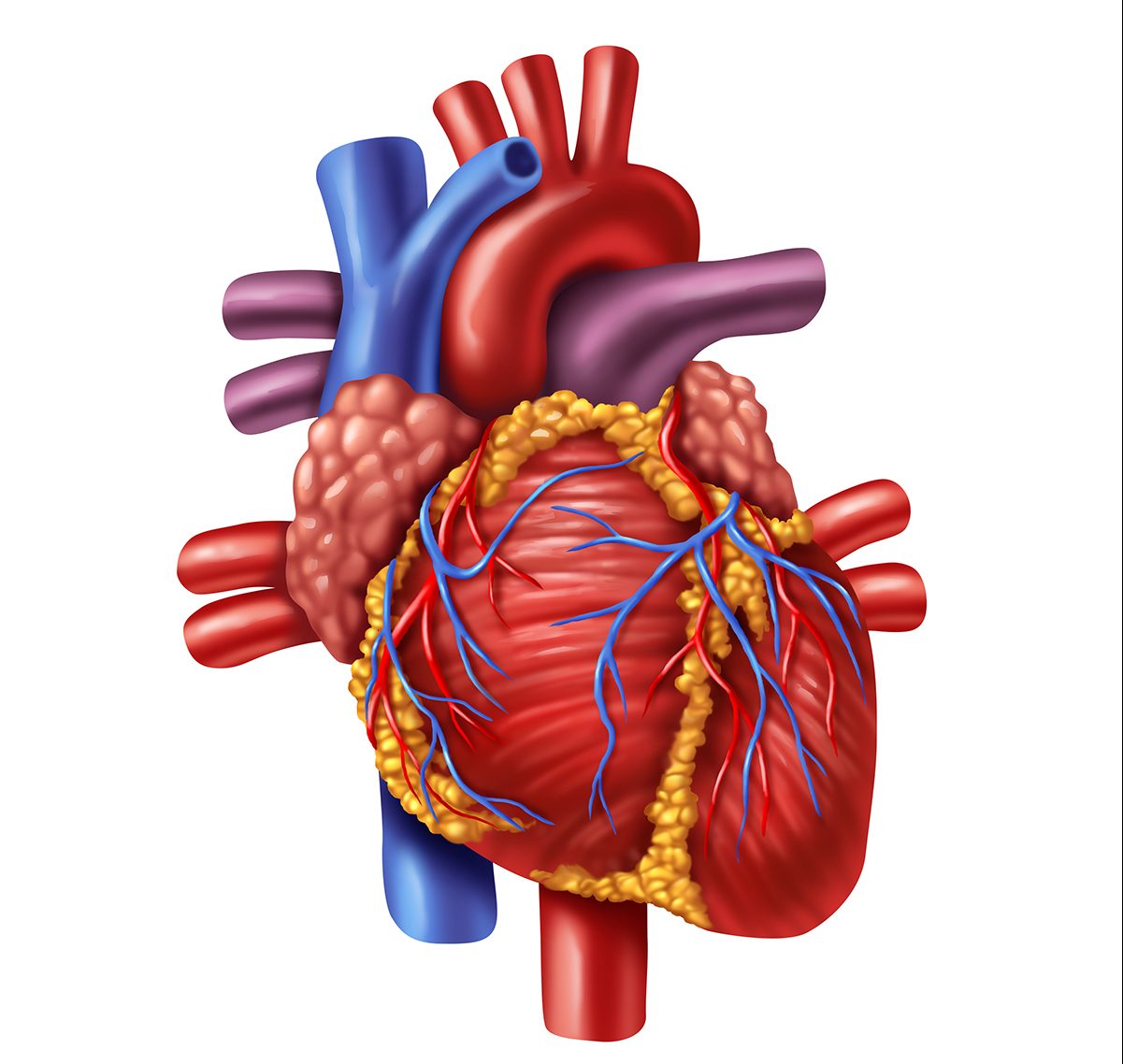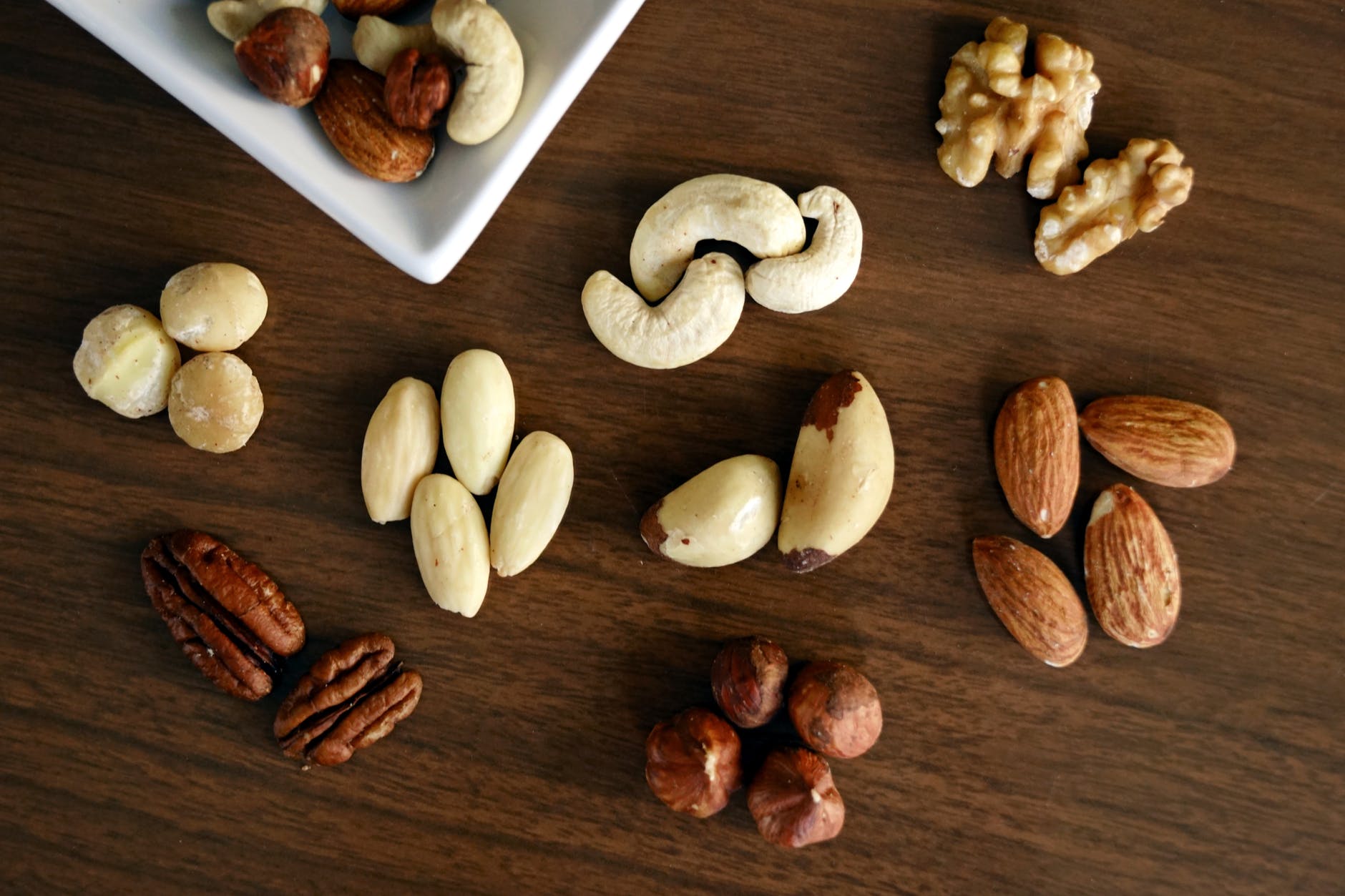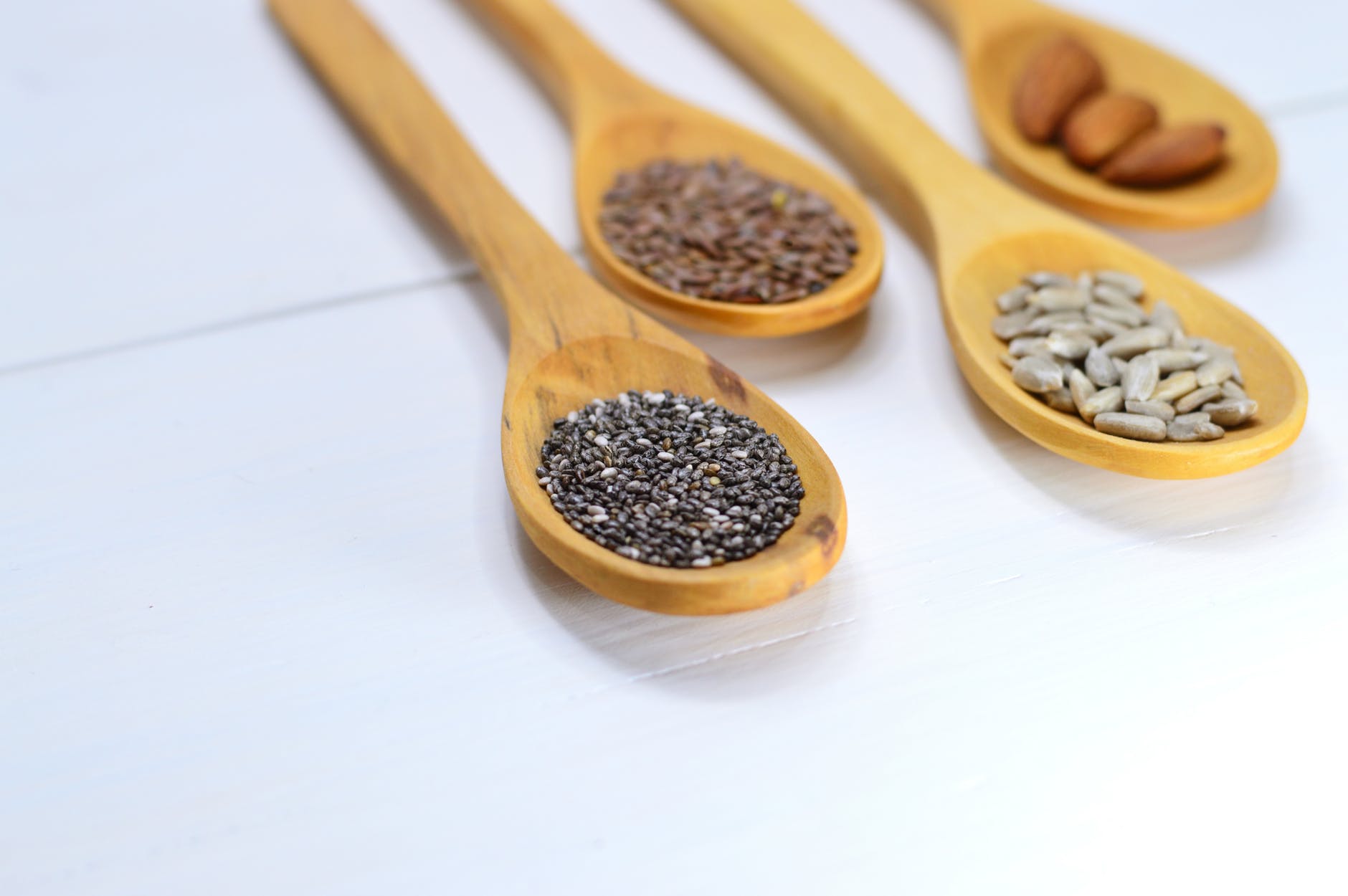Cholesterol and Heart Disease | Fact Sheet from PCRM
Nearly 2,400 Americans die of cardiovascular disease daily, with an average of one death occurring every 37 seconds. In 2018, roughly one out of every 10 Americans over the age of 20 had some type of cardiovascular disease (coronary heart disease, heart failure, and/or stroke), and one out of every seven deaths in the United States was due to coronary heart disease alone.




 What types of medications are they on? Calcium Channel Blockers, blood thinners (Coumadin)? These may have an effect on the intensity and type of exercise performed. You know that people who have A-fib are at increased risk for strokes, and may have hypertension and get dizzy more often. The medications – while they may help with some factors – may preclude a well-designed exercise program just because they may not tolerate some types of exercise.
What types of medications are they on? Calcium Channel Blockers, blood thinners (Coumadin)? These may have an effect on the intensity and type of exercise performed. You know that people who have A-fib are at increased risk for strokes, and may have hypertension and get dizzy more often. The medications – while they may help with some factors – may preclude a well-designed exercise program just because they may not tolerate some types of exercise.







 Millions of Americans at risk for metabolic syndrome can sharply lower their chances of getting this disease by adopting a healthy lifestyle (stop smoking, low-fat diet, weight loss/maintenance and increased physical activity). Without diet and exercise modifications, most patients will eventually fail and progress to type 2 diabetes within a decade and experience a heart attack about 10 years later. Experts recommend a diet reduced in saturated fats (<7%), low in cholesterol (<200 mg/day), high in fiber (20-30gm/day) and reduced in simple sugars. Weight loss of only 5-7% (less than 15 pounds) can make a big difference in health markers like cholesterol and blood pressure. A program that includes daily exercise reaching 85% of heart rate for age is reported to be of benefit too. However, any exercise is better than none, and a target of 30 minutes every other day is a reasonable level for most people.
Millions of Americans at risk for metabolic syndrome can sharply lower their chances of getting this disease by adopting a healthy lifestyle (stop smoking, low-fat diet, weight loss/maintenance and increased physical activity). Without diet and exercise modifications, most patients will eventually fail and progress to type 2 diabetes within a decade and experience a heart attack about 10 years later. Experts recommend a diet reduced in saturated fats (<7%), low in cholesterol (<200 mg/day), high in fiber (20-30gm/day) and reduced in simple sugars. Weight loss of only 5-7% (less than 15 pounds) can make a big difference in health markers like cholesterol and blood pressure. A program that includes daily exercise reaching 85% of heart rate for age is reported to be of benefit too. However, any exercise is better than none, and a target of 30 minutes every other day is a reasonable level for most people.